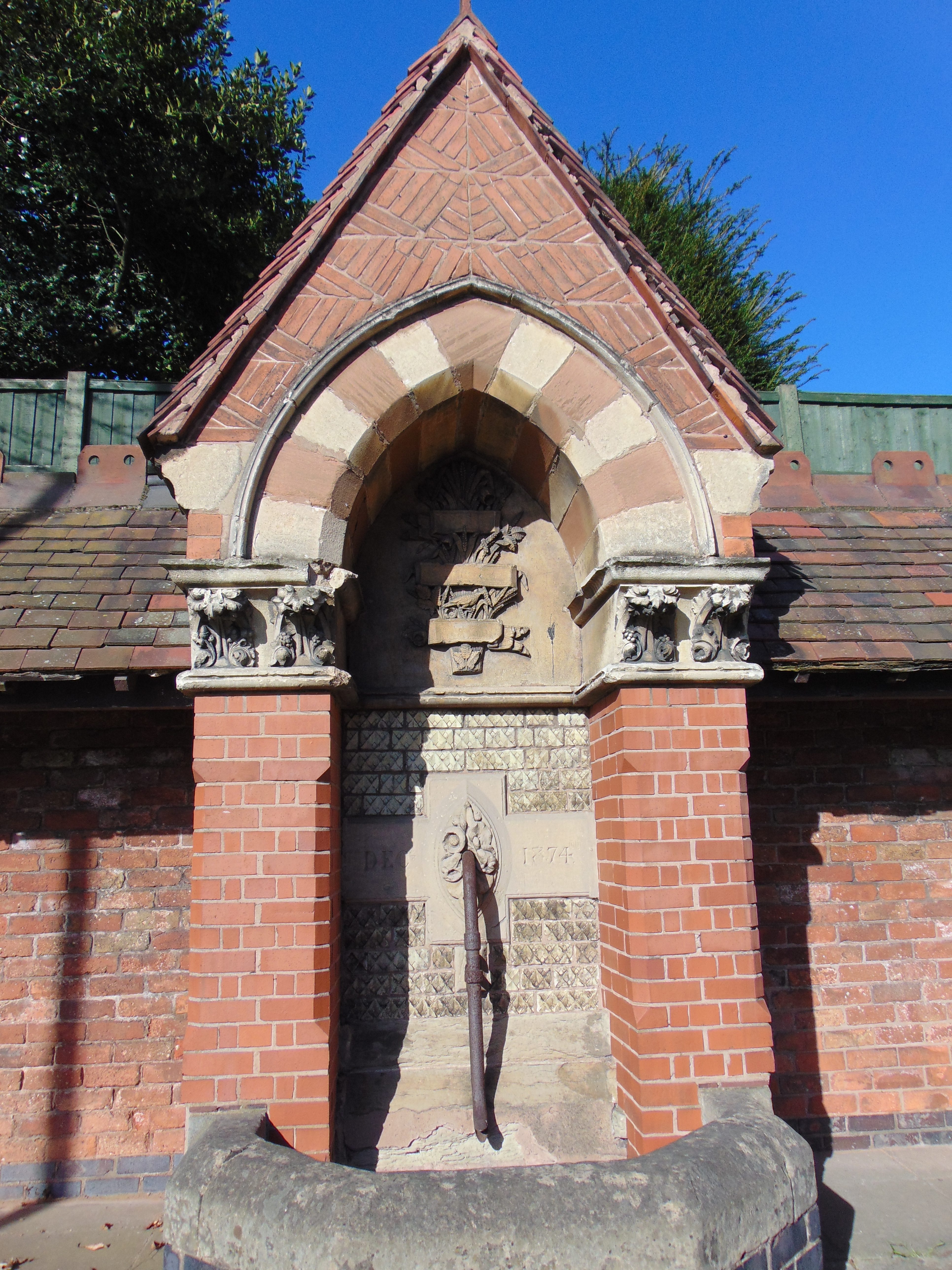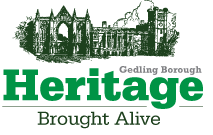Gedling Village
Although Gedling Village has become part of the suburban area radiating out from Nottingham city, it still has the nucleus of its original village setting. The location of an Anglo-Saxon settlement gave a safe area just above the Trent valley banks, offering a fertile area for farming as well as a supply of fresh water from numerous springs. A clue to its origins is the entry in the Domesday Book, with at that time households of 15 villagers, 21 smallholders, six slaves and a priest and four ploughlands, two lord's plough teams and eight men's plough teams. Other entries describe land use, and included thirty acres of meadows, three furlongs of woodland, two mills, a fishery and a church.
Most of the early farm buildings fell into decay, replaced in the 18th century by farmhouses set at right angles to the main roads, such as Manor Farm, Church Farm and Duncroft Farm. Early field systems can still be seen in the present street plan. The industrial revolution started to have an impact and in the 18th century there were workers in silk and cotton hosiery, framework knitters, lace makers and many basket makers. Some frame workshops still existed in the village at the end of the 19th century.
Further development was triggered by the building of the Great Northern Railway line in 1874 and by the traffic that developed from the enormous increase in the Colwick railway sidings. Farm workers’ cottages became railway workers’ homes and more cottages were built. Gedling Colliery opened in 1902, with a workforce of 1,400 men and boys and a capacity to handle 3,000 tons of coal per day. This resulted in the Phoenix Farm housing development. The Hardstaff Alms-houses opened in 1936, designed by local architect T. Cecil Howitt, for the use of widows and orphans of former miners. The civil parish of Gedling was created in 1894, but in 1935 was merged into Carlton Urban District.
The old village of Gedling is clustered around All Hallows Church, dating back to the mid-13th century, the Drinking Fountain of 1874, a War Memorial, the WW1 Memorial Hall and the Gedling Miners’ Memorial Lamp. There is a Heritage Walk around the parish, based on the church.


